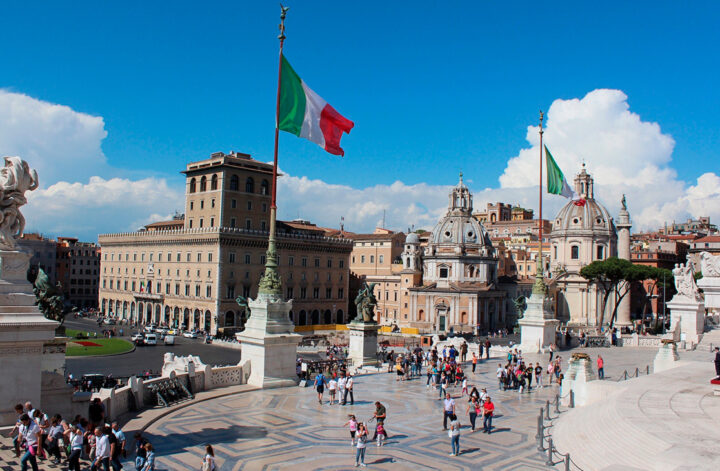Translation is a difficult task that is not always easy and does not always have excellent results. The following tips will help you make quality translations quickly.
However, this works if you have everything you need: good monolingual and bilingual dictionaries, encyclopedias, and are also a literate computer user.
Before you start

[url=http://www.istockphoto.com/search/lightbox/9786622][img]http://img543.imageshack.us/img543/9562/business.jpg[/img][/url]
[url=http://www.istockphoto.com/search/lightbox/9786738][img]http://img830.imageshack.us/img830/1561/groupsk.jpg[/img][/url]
The key to the quality of the translated text is the degree of understanding of its meaning. Therefore, before proceeding with the translation, carefully read the text from beginning to end. After that, you can have a cup of coffee, breathe in the fresh air in the garden, or sleep for a couple of hours – and only then return to the text and plunge headlong into work. It seems that the work on the translation will be better if you start working on it the next day after reading it. It helps the translator in the same way that sleep helps children cope with all the emotions experienced during a long day. Even if the order is urgent and time is running out, it is recommended to wait a little before starting work.
Search for information
Allocate at least half an hour to search for information on the subject of a specific text (the more time you devote to this work, the faster you will complete the translation). Subsequently, you will appreciate the benefits of such web surfing. Visit a good website related to the topic you are interested in and see how the information is presented there. Take notes in your notebook. At this stage, you have the opportunity to clarify all the questions that caused you doubts during the initial acquaintance with the text.
Express yourself naturally
To make the message reach your readers and make the text sound convincing, stick to a natural manner of presentation. The hardest part here is to define the appropriate style. The true art lies in correctly understanding what the author wants to communicate, in what manner he expresses his thoughts and what is the purpose of his message. By carefully reading the text from beginning to end, you will already be able to grasp all these points. Retain this information throughout the translation process and rewrite this message in your own words without missing out on essential information. Do not use common spoken language. A translator can always find time to find the right word and formulate a sentence beautifully.
Use expressive language
The text becomes more convincing, interesting and effective if it has artistic expressiveness. Arm yourself with a monolingual dictionary and stay calm. In the case of translation into German, instead of verbs, feel free to use nouns and adjectives, include adverbial expressions in sentences and create a logical connection between sentences. Do not be afraid to add particles to the text, they add expressiveness to the narrative (the most popular are auch – also, noch – also, daher – from here, jedoch – nevertheless, also – so, dabei – at the same time, dennoch – nevertheless ).
Do not miss the chance
If you translate into your native language while living abroad, it is possible that over time your native language will fade into the background. To be fluent in it, you need to listen to radio broadcasts, read books in your language, and browse related websites. Sometimes what you read or heard helps in translation. As a prime example, I will cite one case: I had to come up with a convincing short slogan for an advertisement that was given by an English manufacturer of hearing aids. In a local newspaper, I came across an advertisement for a completely different product and came up with my own successful option: … because hearing can be hard enough (sometimes it is not so easy to hear).
Be confident, but not overconfident
Despite the fact that the translation process is connected with a whole range of various topics and involves the design of texts in various literary styles, a high-quality urgent translation, slightly deviating from the original text, sometimes sounds even more impressive than the original text. Translators often compare themselves to football players. Football always has good defenders, midfielders and confident strikers, but it’s unlikely to find an athlete who can excel in each of these roles. Don’t overestimate your ability. Some of my colleagues are excellent at translating all kinds of legal documents. But if they had to deal with marketing copy, they would most likely be out of the game. So if you don’t feel like Franz Beckenbauer in the translation field, success awaits you.



